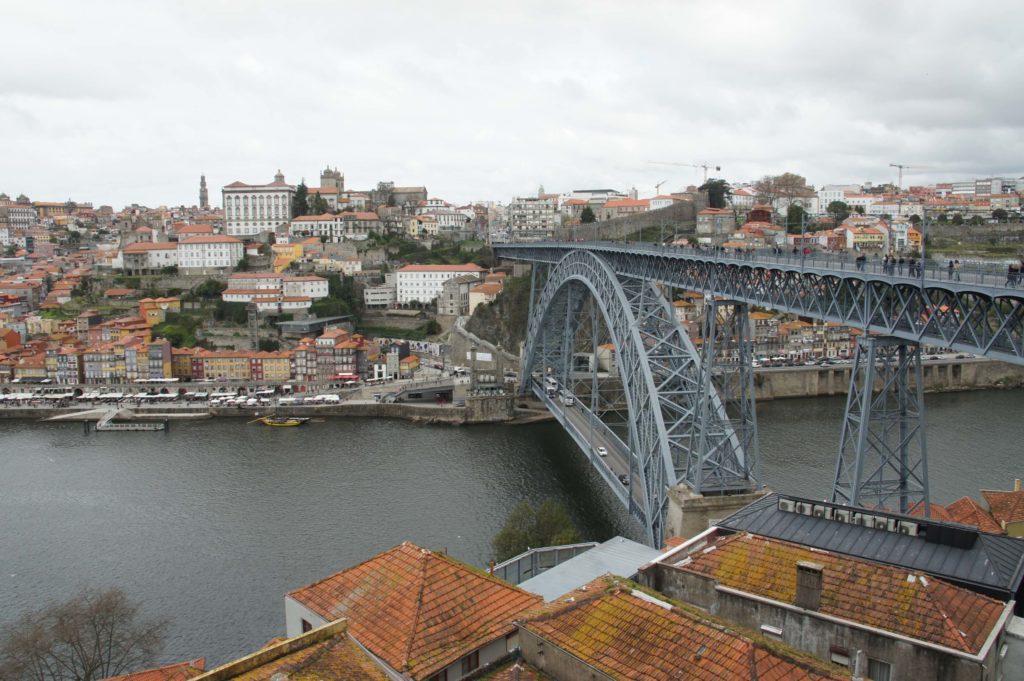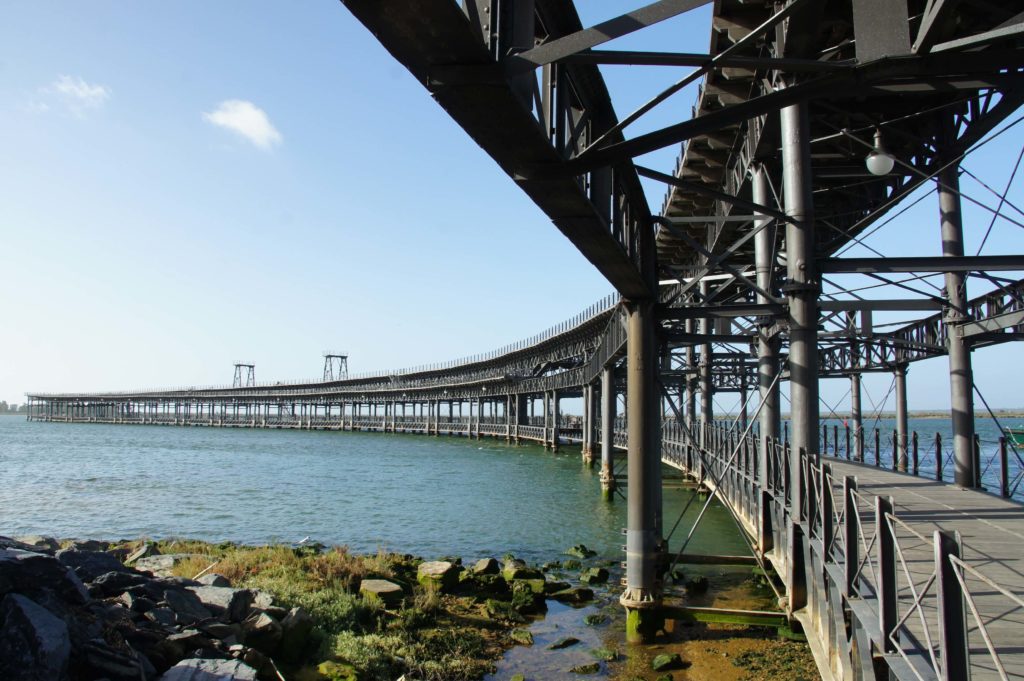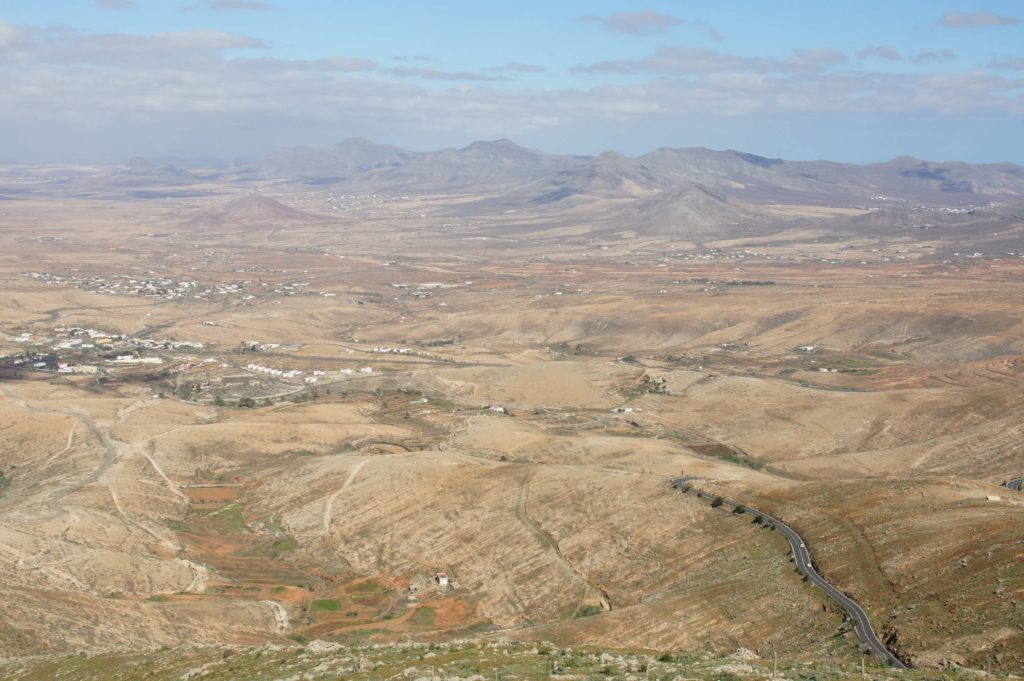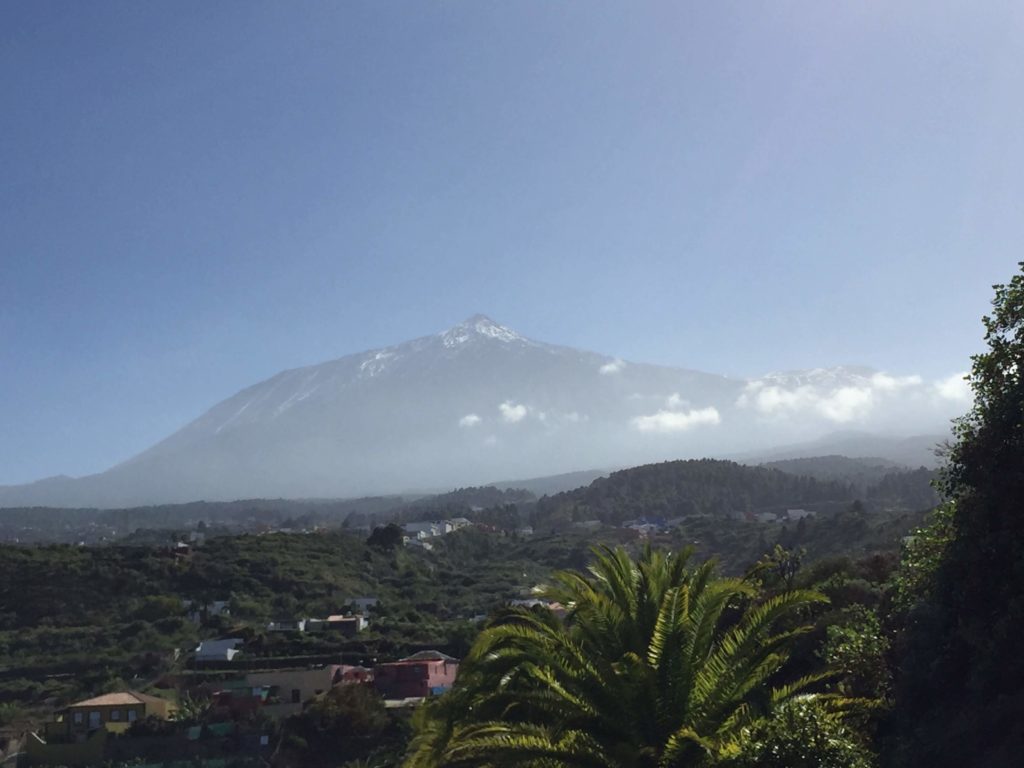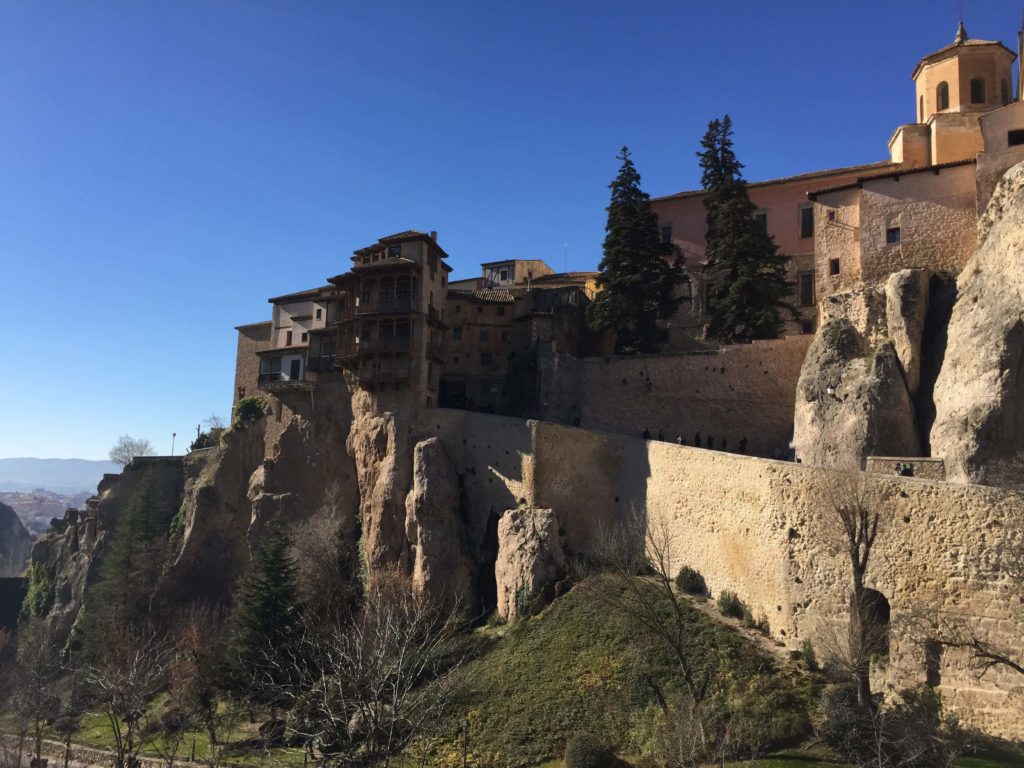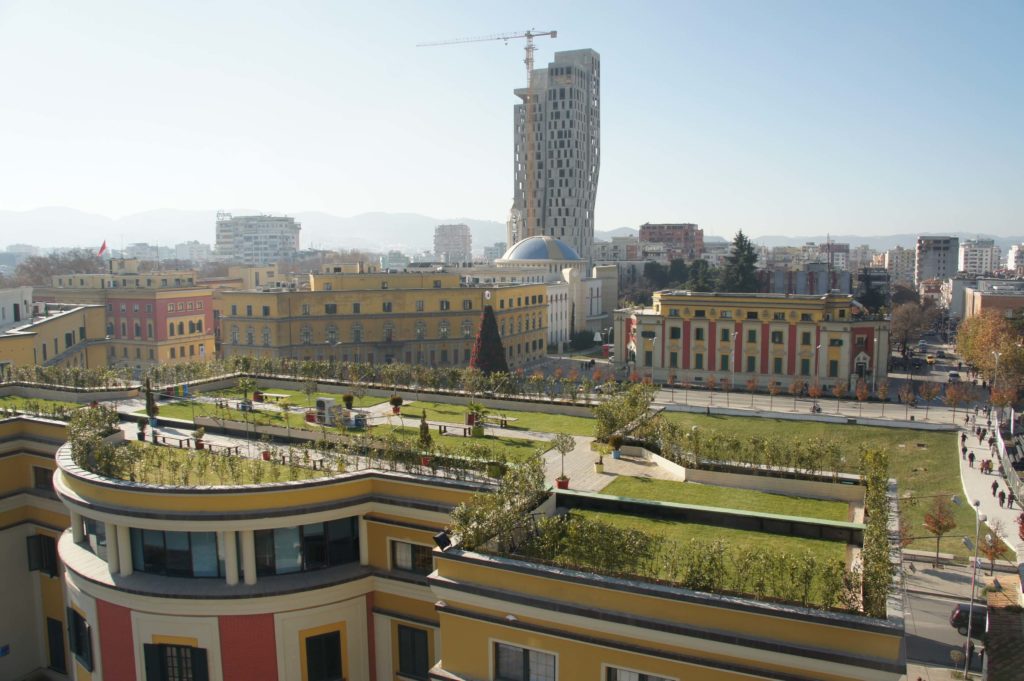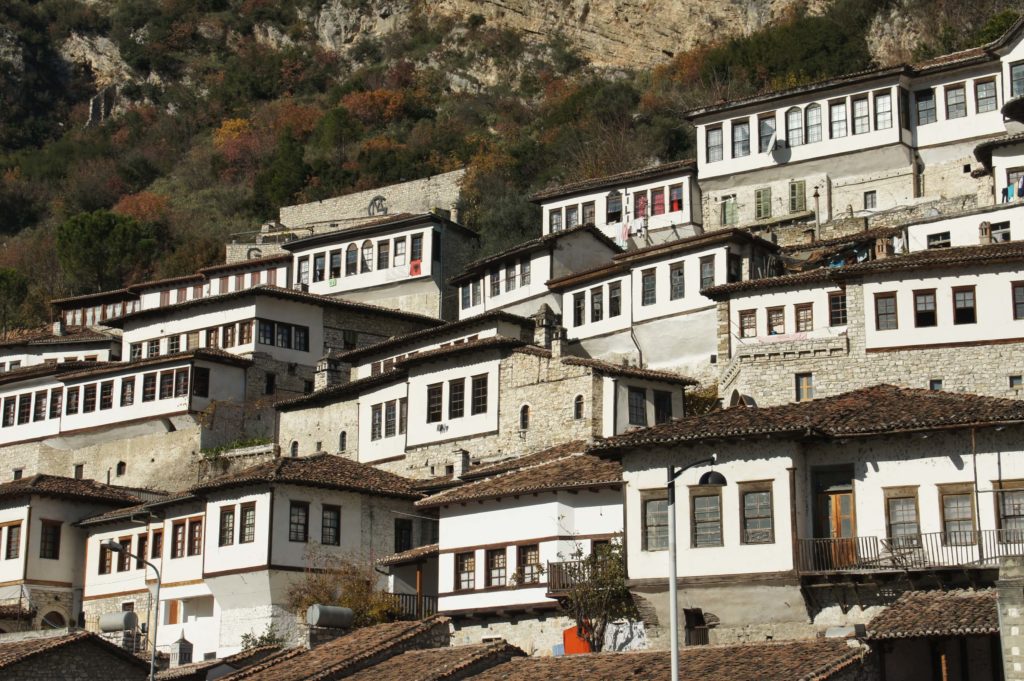Guimaraes – Portugal
The birthplace of Portugal
At only 50 kilometres from Porto, this makes the perfect day out if you have the time after visiting Porto, or if you have planned this trip on purpose. The city lies only 20 kilometres east of Braga, another of the most beautiful and historical cities in the country. The three of them, Porto, Braga and Guimaraes are unique sights on their own, some of the must visit in Portugal. After all, this is from where the country as such was born in the 10th century, precisely right by the Guimaraes Castle. With so much history thriving on every street, every turn, it is no surprise UNESCO has recognised it and listed as a World Heritage Site.
The city is very small and extremely compact. The UNESCO area is reduced to the medieval core which is intact. Once, it was completely surrounded by fortification walls, but were mostly turned down in order to expand the city with elegant wider streets and avenues, notoriously to the east of the old town, centred around the Mumadona Square where the streets follow from here an orthogonal grid typical from the 19th/20th century extension of most of the European cities.
Visiting Guimaraes is straightforward and won’t take you much time. A day trip is well more than enough, with plenty of time to do everything and actually having the other half of the day to complete your day by going to the nearby city of Braga. Although double in size than Guimaraes, is a perfect combination that I strongly advice you to do. Going from Porto to either of them by commuter railway only takes approximately 1 hour, and in between them, one of the many public buses take around 30 minutes. (more…)

